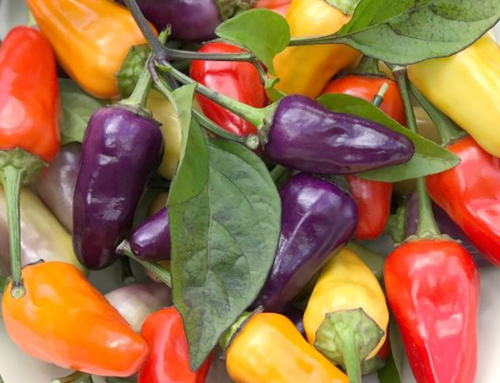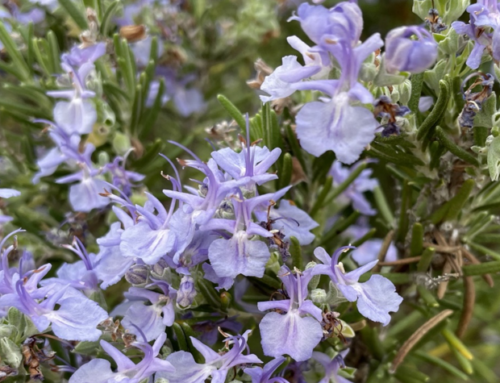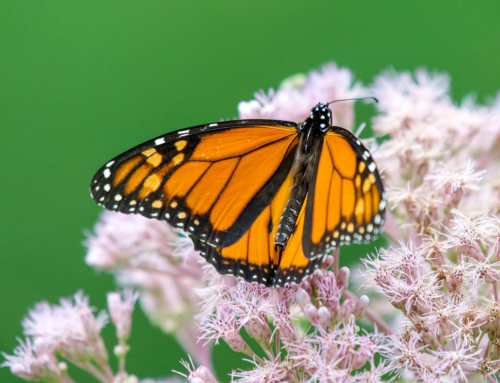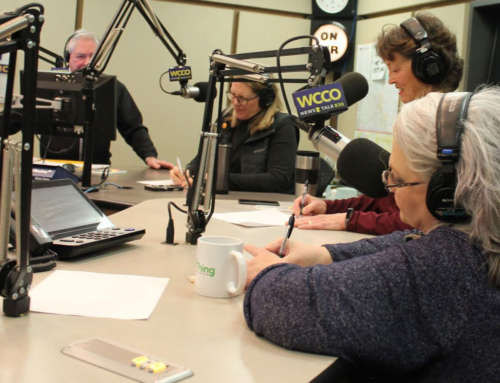Growing season in the Twin Cities begins after the last spring frost—usually in May—and ends with the first fall frost—typically in September. If that season seems disappointingly brief, consider extending it by installing a protective structure to shelter your plants and gardens.
How Can Simple Structures Lengthen the Growing Season and Help Plants Thrive?
- By retaining soil heat so that plants can be started earlier in spring and grown later in fall;
- By safeguarding plants from wind, frost, snow, and ice;
- By serving as greenhouses for plant growing or “hardening off,” a process through which plants adjust from indoors to outdoors as weather warms in the spring;
- By protecting plants from insect damage or harsh sunlight in summertime;
- By allowing late-season crops to overwinter in the ground and mature early the following spring.
Three Types of Protective Structures
The structures described below can be purchased online or from stores, or they can be made using supplies that you may have on hand.
- HOOP HOUSES are like temporary greenhouses. They consist of a support structure that’s often made of PVC pipes, metal pipes, or a wooden frame. This structure is covered with clear plastic sheeting that can be stapled, taped, or tied to the frame. Hoop houses can be built to fit above a raised bed or can stand independently; they can also be made by stretching plastic across or around an existing structure, such as a fence or a wall. They can be purchased or constructed in various sizes, ranging from a small plot to a large yard. Hoop houses are impermanent and don’t offer wintertime protection for plants.
- ROW COVERS can be laid directly on top of plants to protect them from pests or cold, or they can be placed above semi-circular supports to form low tunnels. Row covers are usually made of synthetic fabrics, such as fleece or mesh, and come in various weights that offer differing degrees of light transmission and cold insulation. Covers are permeable and allow rain to pass through them. Plastic can be used as a cover during the colder early spring months and replaced with cloth as the weather becomes warmer. For plants that require insect pollination—such as cucumbers, squash, melons, peppers, zucchini, tomatoes, and pumpkins— covers should be removed once plants start to bloom so that pollinators can reach their flowers.
- COLD FRAMES are shallow, unheated boxes with transparent covers. They use sunlight to warm plants during the day and shelter plants from nighttime cold. They can be purchased commercially or constructed out of scrap lumber and old windows. Cold frames should be placed in a protected spot—preferably close to a house and with a southern, southeastern, or southwestern exposure. They can also be outfitted with electric heating mats. “Cool season” crops that must mature before hot weather—such as lettuce, kale, cabbage, cauliflower, and broccoli—thrive in cold frames. However, cold frames are also useful for crops like tomatoes, peppers, and eggplants that love heat because they can help these crops acclimate from indoors to outdoors at the beginning of the season.
FREEZE DATES, SOIL TEMPERATURE, AND OTHER RESOURCES
Even if you don’t plan to put up a protective structure, you’ll get more out of your garden if you’re aware of frost/freeze dates and soil temperatures so that you can better protect, plant, and harvest what you grow. Below are some useful resources:
- The Midwestern Regional Climate Center publishes an interactive map that contains up-to-date frost/freeze dates: MRCC VIP: Frost/Freeze – Regional Freeze Maps (illinois.edu)
- The Minnesota Department of Agriculture lists real-time soil temperature readings: Six-Inch Soil Temperature Network | Minnesota Department of Agriculture (state.mn.us)
More tips on extending the growing season can be found through the University of Minnesota Extension, the Chicago Botanic Garden, and many other gardening sites.
- Extending the growing season: start early, end later | UMN Extension
- Five Reasons to Raise a Hoophouse | Chicago Botanic Garden
It’s almost April… time to start growing!
By Laura Austrian




